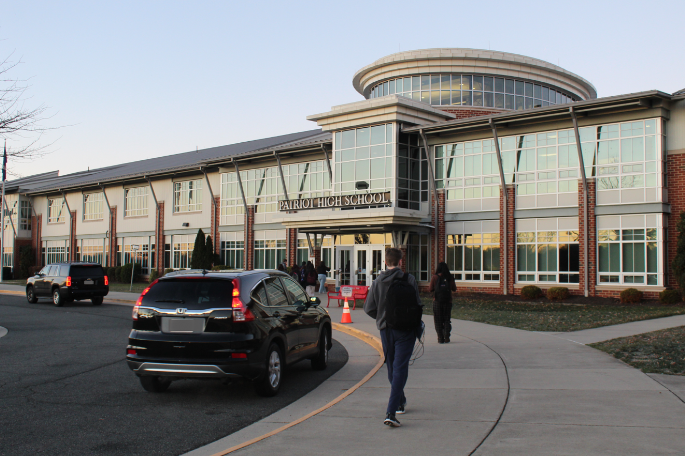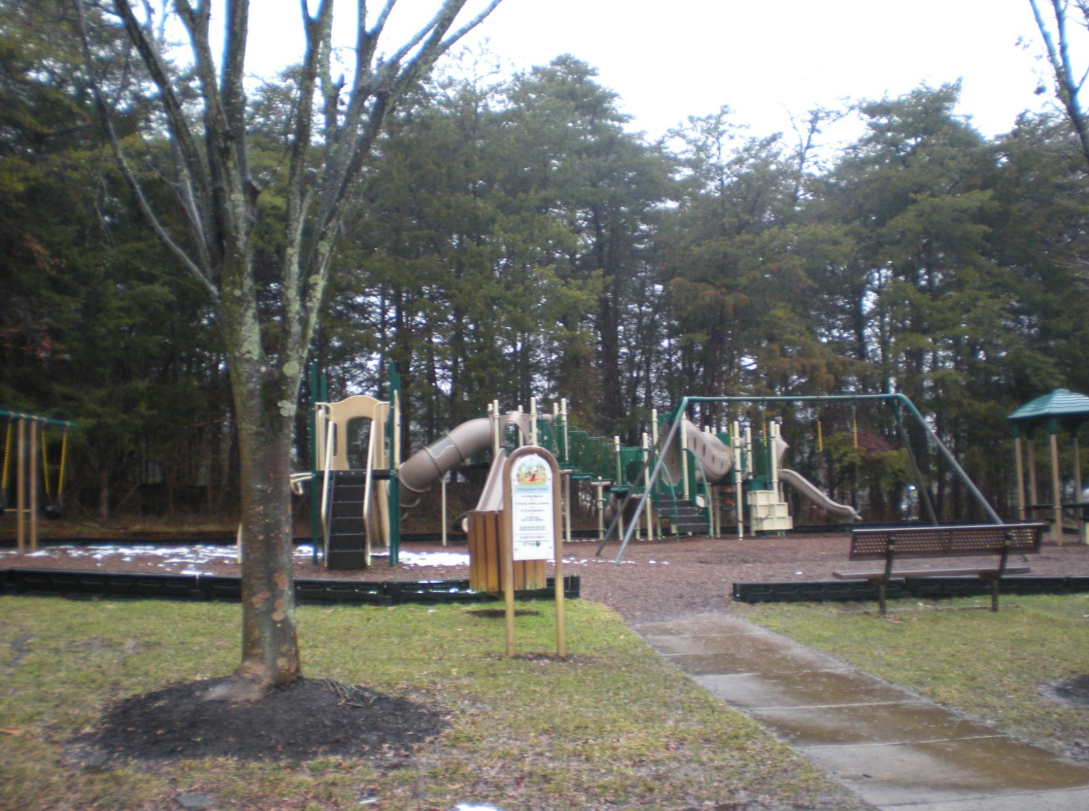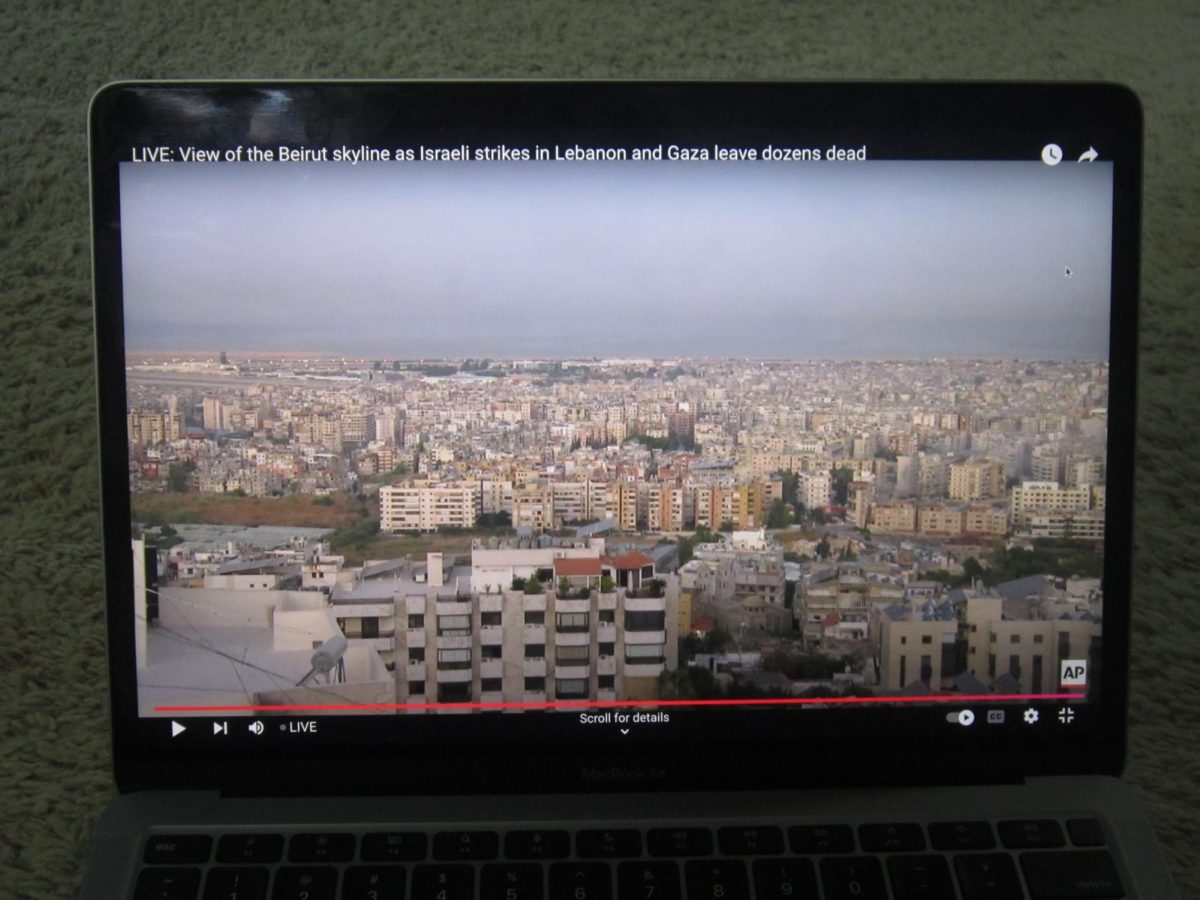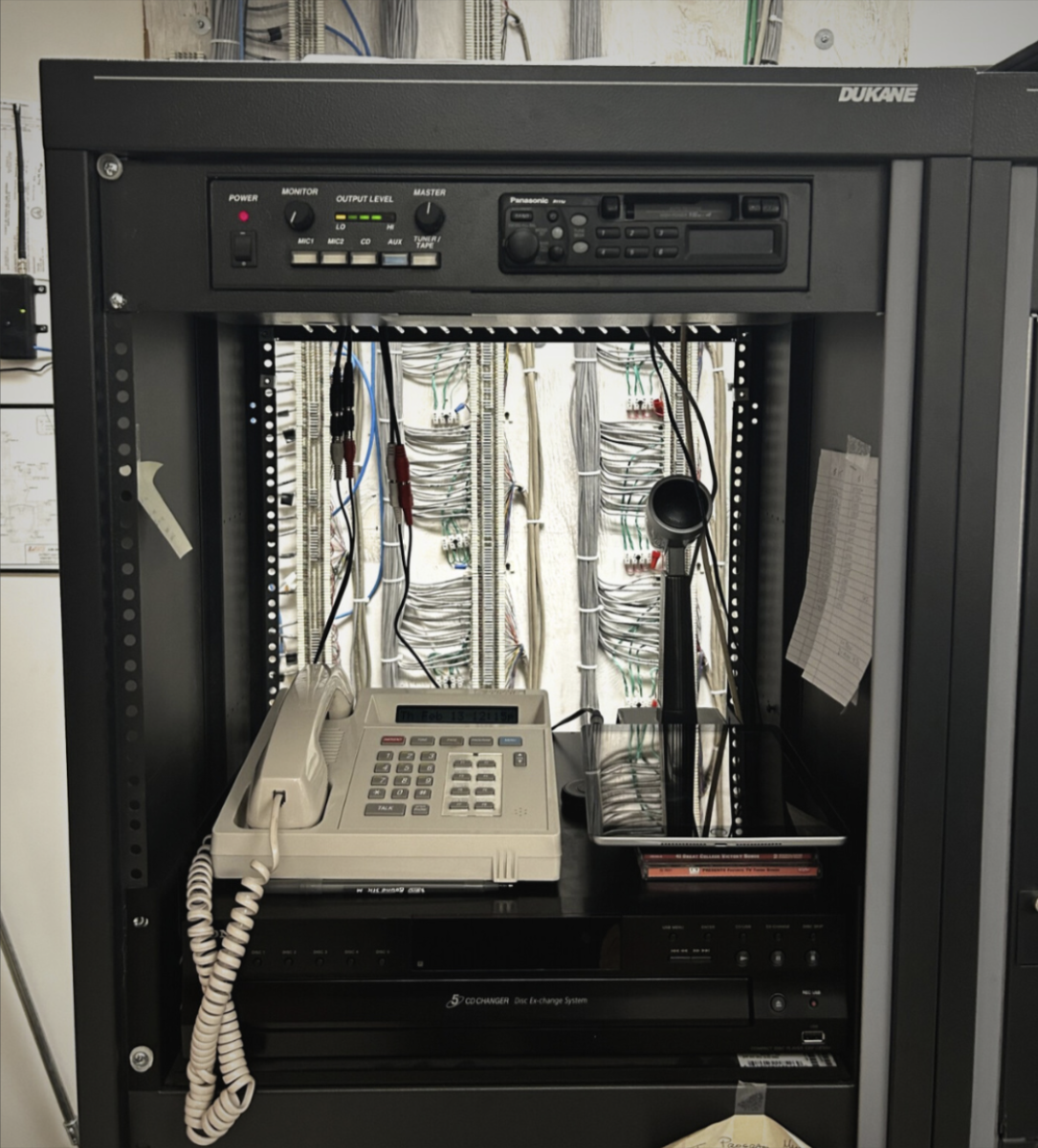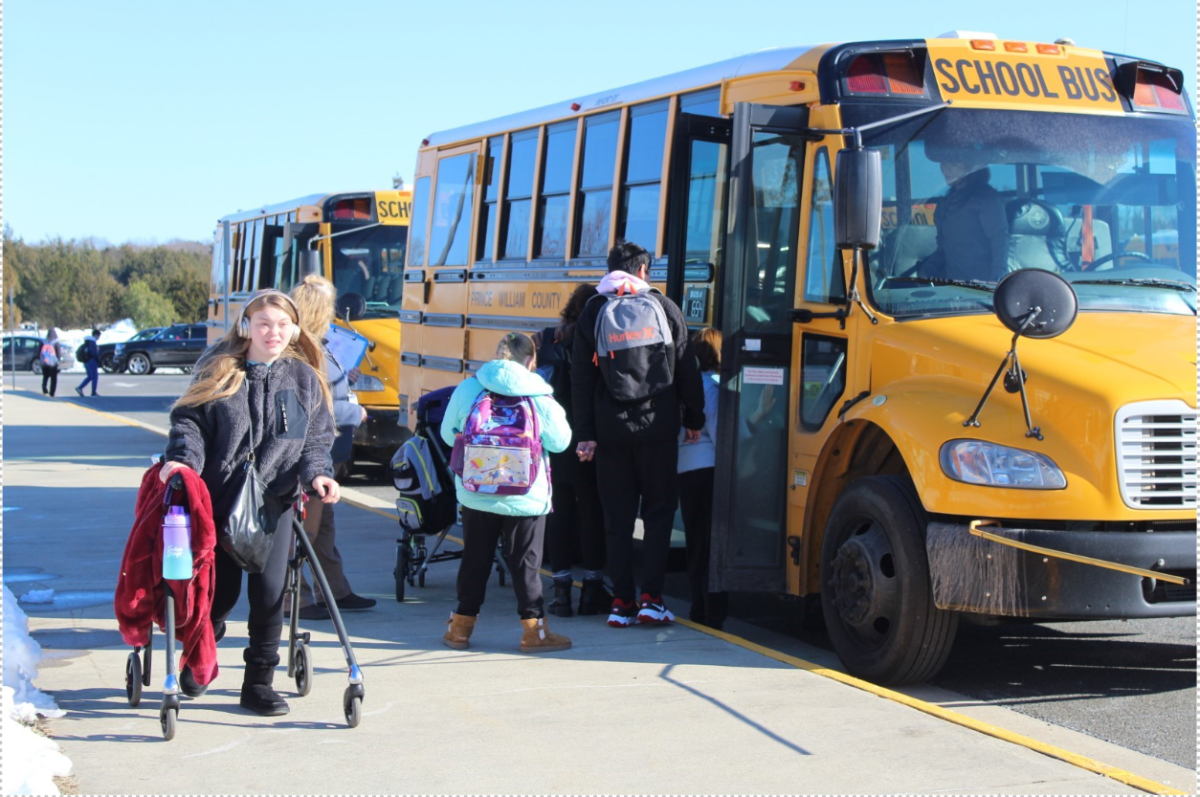Just as we think we’re saying goodbye to one pandemic, another makes an appearance.
Chronic absenteeism has risen all over the country and has affected 66% of the proportion of students attending school in the 2021-22 school year. In the same year, Prince William County Schools (PWCS) appointed a new superintendent. Within her new strategic plan, “PWCS Vision 2025 – Launching Thriving Futures,” Dr. LaTanya McDade detailed a plan to combat this country-wide issue on attendance at home.
In Virginia, chronic absenteeism is defined as missing 10% or more of the academic school year for any reason. Among the strategies that will be implemented throughout schools, PWCS will be following five basic steps to address this issue: 1. Engage students and parents; 2. Recognize good and improved attendance; 3. Monitor attendance data; 4. Provide personalized early outreach; and 5. Develop programmatic response to barriers. These steps come from the nationally recognized clearinghouse for chronic absenteeism, Attendance Works. What these steps look like in action will vary slightly in different schools, but the goal remains the same: reduce absences among all students and focus on chronically absent students and their families.
This year, families may have noticed more focused and strict attendance tracking. More emails, letters, and even two phone calls per day for missed classed periods. For students, early dismissal and early release passes are being checked more often.
This may seem aggressive and even annoying, but the reason for it is clear. It has repeatedly been scientifically proven that poor attendance correlates with poor academic achievement. But it’s not only that. Poor school attendance in your teens may result in negative effects in social functioning, graduation rates, future income, and even effects how likely someone is to vote.
Given all these factors, a new change and shift in seriousness about attendance is welcomed. However, that needs to be done with care given the how fragile the causes of chronic absenteeism are.
Many of the studies we use to gather information about absenteeism today distinguishes between physical circumstances (i.e housing insecurities, transportation, negligent guardians, etc.) and anxiety or emotional driven absenteeism. So, it’s especially important that our leaders are being cautious to now separate and approach the two in different ways.
Physical circumstances are dealt with detentions, direct contact with parents or guardians, home visits, with social workers, and in extreme situations, through courts, and nontraditional schools. Emotionally driven absenteeism, despite being a completely different situation, has long been dealt with the same way. PWCS and Dr. McDade are attempting to change that by providing support rather than punishment.
According to her plan, PWCS will have “targeted support from school-based mental health professionals who are members of the Division-wide “Support Corps” dispatched to students and families [to] create an atmosphere and connection for our most vulnerable learners.” PWCS will also begin to take a “trauma-informed approach.”
Calinda Hawkins, Patriot High School’s attendance officer, provided insight on how this all functions and truly plays out inside school halls.
Hawkins said, “First, we try to figure out what the barriers are. We don’t look at as ‘[students] just don’t want to come to school.’ We try to find what the barriers are, and that can run from academics to social issues, whether it’s relationships, bullying, gangs, there’s anxiety and depression, and safety. Also, there’s home issues like substance abuse, homelessness, teen pregnancies… once we can identify the barriers, we also try to identify a student’s strengths to use them to come up with a plan.”
She reaffirms that PWCS, and specifically Patriot High School, approaches those physical barriers and emotional barriers differently; plans are catered to a student and their specific circumstances.
“…Ever since COVID… students are experiencing a lot of new issues, and everything is just more intense right now,” she said.
Hawkins described that in the decade’s past, Patriot has always had 97% attendance, above the 95% goal set by the county. But, because we’re just under that 95% goal after COVID, the school is attempting to be equally as intense with addressing the issue.
For Dr. McDade, that means focusing on prevention. “We try to develop plans before [absences] become chronic” Hawkins said.
That includes utilizing the many new resources that Dr. McDade has provided. The “Support Corps” has started to be used by a student’s struggling with both chronic absenteeism and truancy, which is an accumulation of unexcused absences. There are also tools like “School Status” that’s used by teachers and counseling to track data on how many days a student has missed, and if those missed days were excused or unexcused.
With all of these factors and new attitude’s combined, Patriot’s attendance has seen a slight increase in attendance from quarter 1 to quarter 2. So, the COVID pandemic may be over, but it’s leaving more issues behind. We can be thankful to our counselors, social workers, teachers, and leadership for recognizing that now and addressing the issues at the root cause. Hopefully, both Patriot and schools all over the nation will continue to see an upward trend in attendance with more focused polices and solutions like these.

